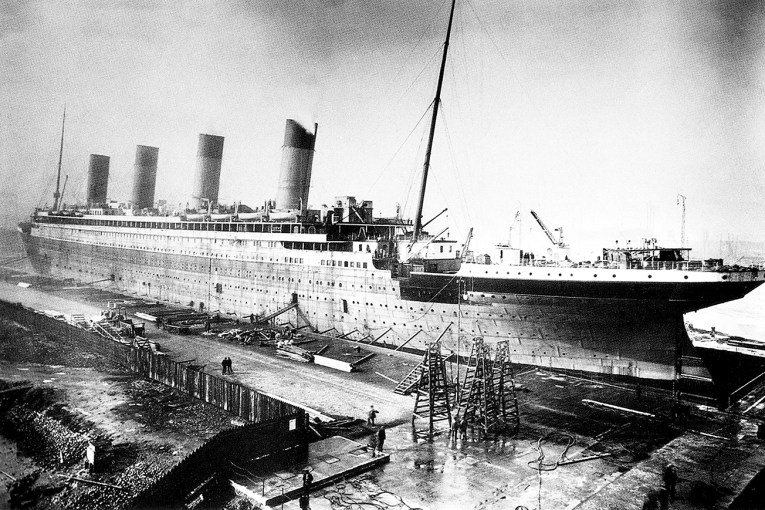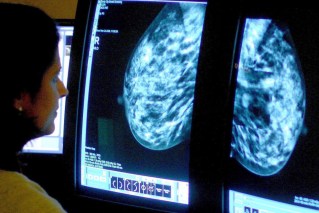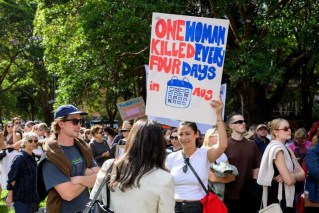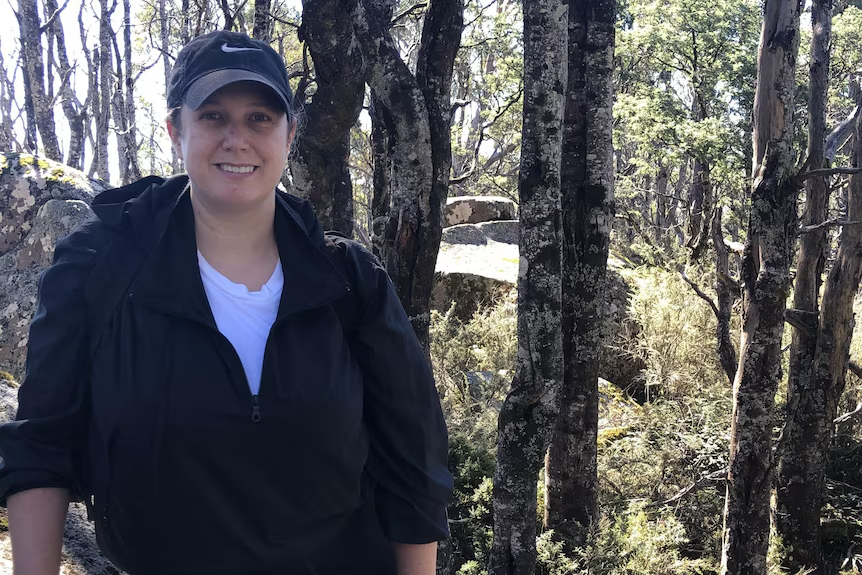Government hopes for COVID vaccine by early 2021, but could be 12 months delayed

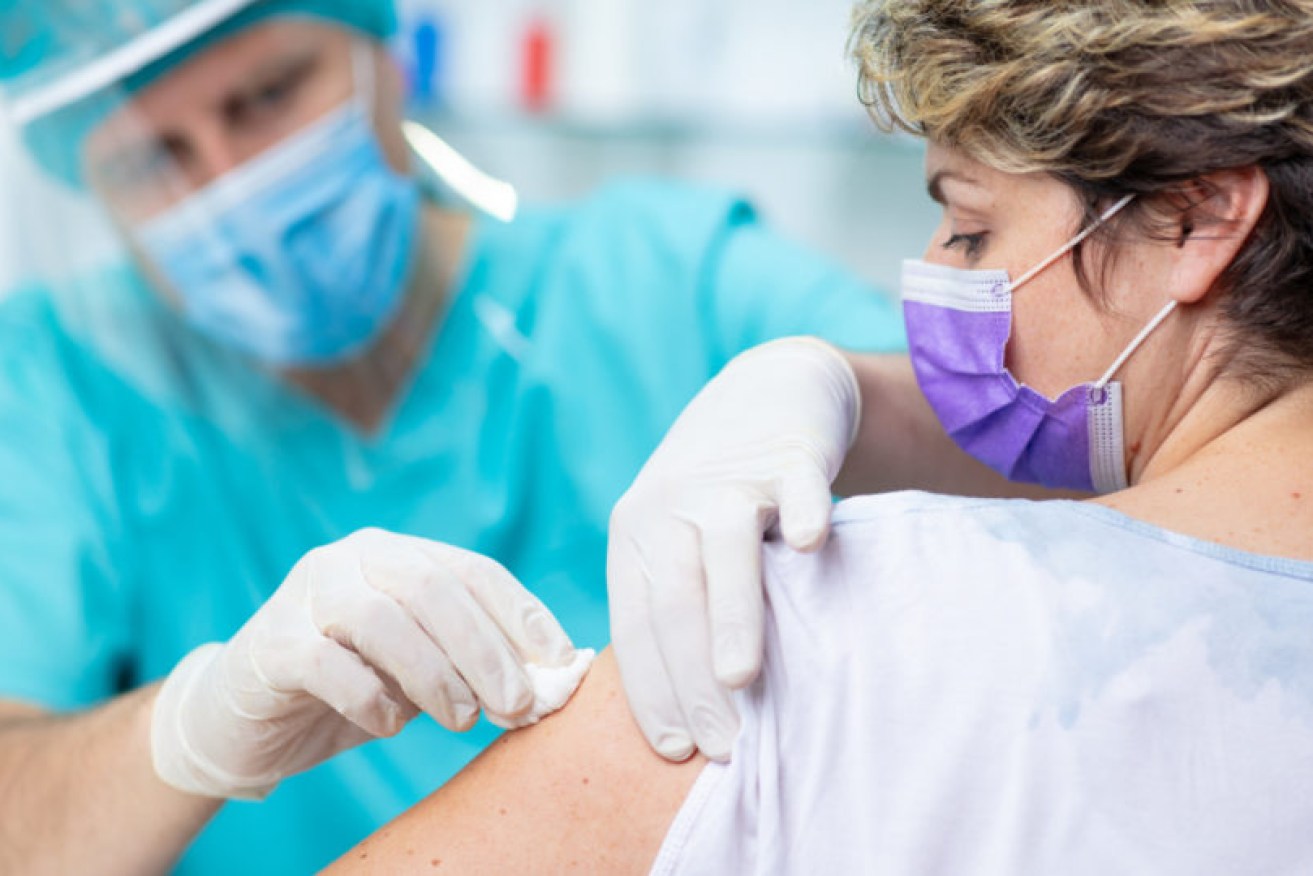
The government has given more detail on the COVID vaccine hunt. Photo: Getty
The federal government says it still holds out hope a COVID vaccine may be ready for distribution from early 2021, but admitted it could take an extra year if current leading candidates do not pan out.
It could take between nine and 12 months to make the type of promising vaccines currently being developed by American big pharma companies Moderna and Pfizer, Industry and Science Minister Karen Andrews said.
Australia currently has agreements to produce two leading vaccine types – one from the University of Queensland, currently in phase one trials, and one from the University of Oxford and manufacturer AstraZeneca, in final phase three trials.
If successful, both would be produced by Melbourne-based pharma company CSL.
Prime Minister Scott Morrison promised any COVID vaccine would be provided free to all Australians, and be made “as mandatory as you can possibly make”.
CSL has previously said while it wants to get first vaccine batches out early next year, it could take until the end of 2021 for every Australian to get access.

Scott Morrison visits AstraZeneca’s Sydney labs in August. Photo: AAP
The federal government has repeatedly voiced hopes that, once approved, the first batches of such vaccines may be available in coming months.
On Sunday, Ms Andrews said this was still the anticipated timetable, but admitted if CSL had to retool its facilities to make a totally different type of vaccine, it could be far longer.
“We need to be really conscious that with a vaccine there are a lot of variables in there, so we don’t have the vaccine proven at this point in time, we don’t know what the base for that vaccine is going to be,” Ms Andrews told the ABC’s Insiders program.
“So we’re trying to prepare across a wide range.”
The minister said CSL would be able to quickly produce “protein-based” vaccines, which the UQ and Oxford candidates both are classified as.
However, several other leading vaccines are classed as mRNA types – synthetic vaccines created in test tubes, compared to protein-based ones that are cultivated in cells or eggs.
The mRNA vaccines are a newer type, never before produced at large scale for human use.
However, several promising global COVID candidates – including from Moderna and Pfizer in the United States – use this technology.
If Australia decided, or needed, to produce mRNA types, it would take significantly longer to get ready.

Industry and science minister Karen Andrews. Photo: AAP
“If what is approved is a protein-based vaccine, CSL will be in a position to start manufacturing that straight away, so there’s no issue at all,” Ms Andrews said on Sunday.
“If it’s an mRNA-based vaccine, we would need to do a lot of work, as would the rest of the world … I would hope that we would be able to do it in about the nine month-to-12 month timeframe.”
Health Minister Greg Hunt said Australia had great confidence in the protein-based UQ and Oxford candidates, and gave more information on how a successful vaccine would roll out.
“There’s no surprise here that the earliest patients will, on the advice of the medical expert group, be those primarily within the health sector,” Mr Hunt said on Sunday, adding that the “frail and elderly” would also be prioritised.
“It’s progressing well.”
Mr Hunt claimed that the idea of a protein-based candidate not being successful, and Australia having to turn to an mRNA candidate, was a “hypothetical”.
“Karen was absolutely right that some of the mRNA ones will take longer,” he said of Ms Andrews’ answer.
.@karenandrewsmp says it could take 9 months-12 months for CSL "to get itself into a position where it could deliver" a coronavirus vaccine, if it's MRNA-based. #insiders #auspol pic.twitter.com/WAj6rd0n4L
— Insiders ABC (@InsidersABC) October 24, 2020
“However we’re in a very strong position with the AstraZeneca protein-based vaccine. That remains on track for first-quarter commencement and significant rollout during the course of the year. So our timeframes are unchanged.
“But when you take away that hypothetical, when you look at the broad reality, Australia is on track for first-quarter commencement of that rollout.”
CSL told The New Daily the company was still optimistic about the current timetable.
“There’s a long way to go and we don’t yet know whether the vaccines will be successful,” a spokesperson said.
“However, early indicators are promising and we remain cautiously optimistic.”
An AstraZeneca spokesperson said it hoped to have Oxford vaccine doses ready for Australians in coming months.
“Our expectation of manufacture of the first locally-produced batch of AZD1222 occurring in early 2021, if the ongoing clinical trials are successful, remains unchanged,” the spokesperson told TND.
“While the development program is faster than typical during this pandemic, we adhere to the highest scientific and ethical standards, making the safety and efficacy of the vaccine of paramount importance.
“We have accelerated timelines by investing in manufacture of the vaccine now, in advance of final trial readouts and registration.”
